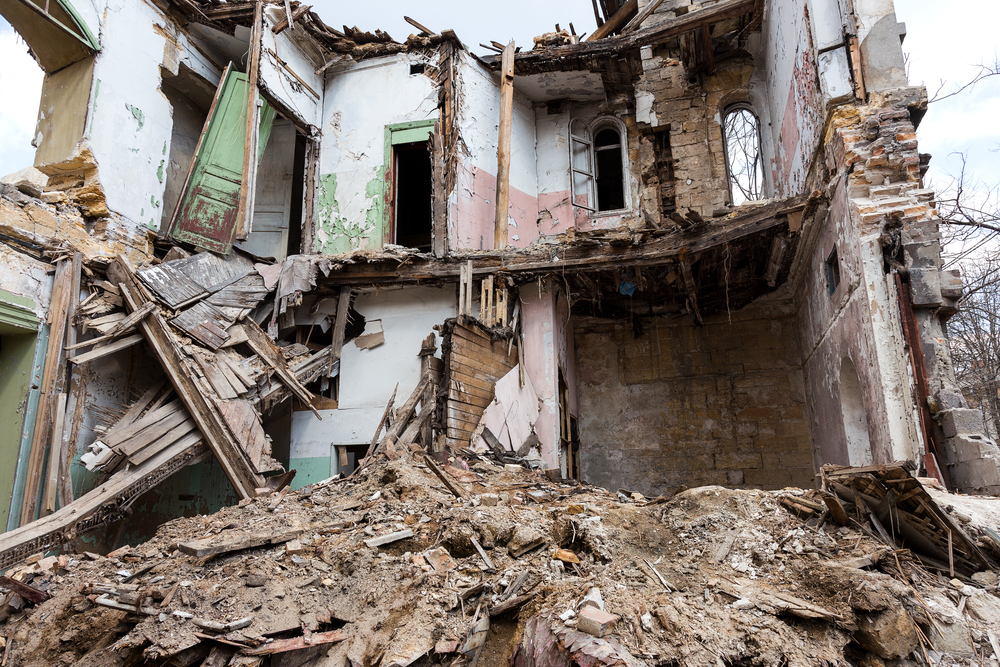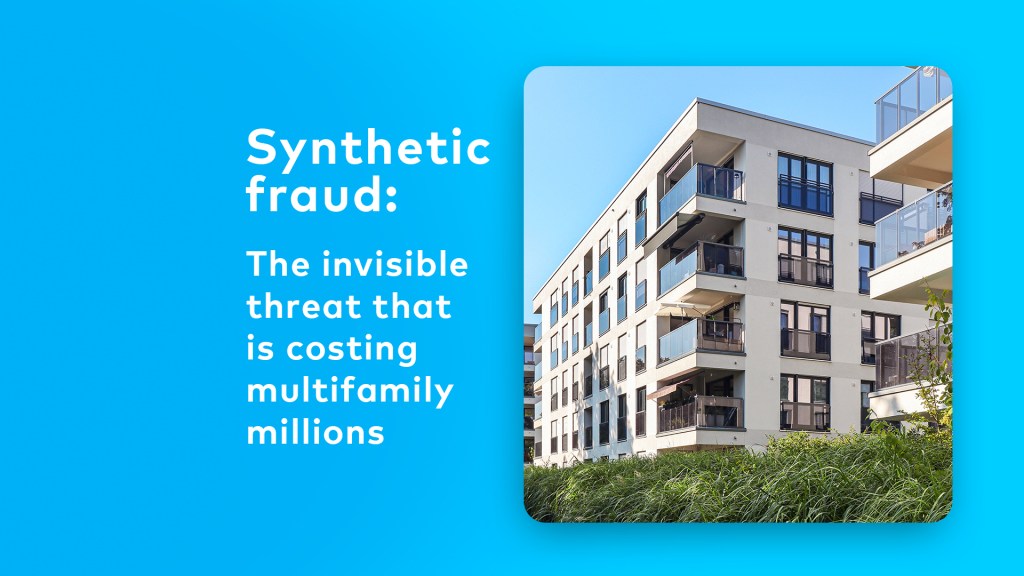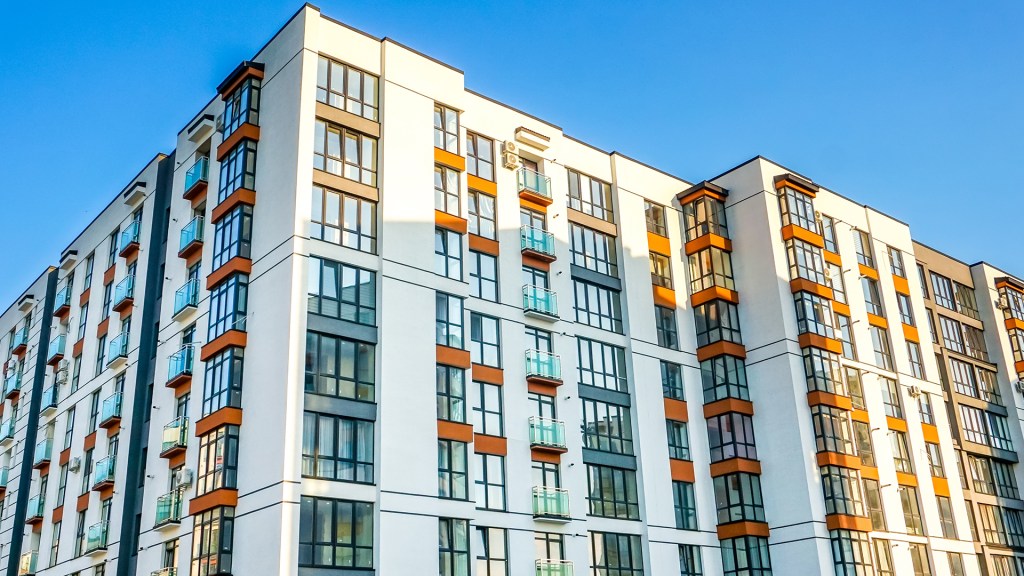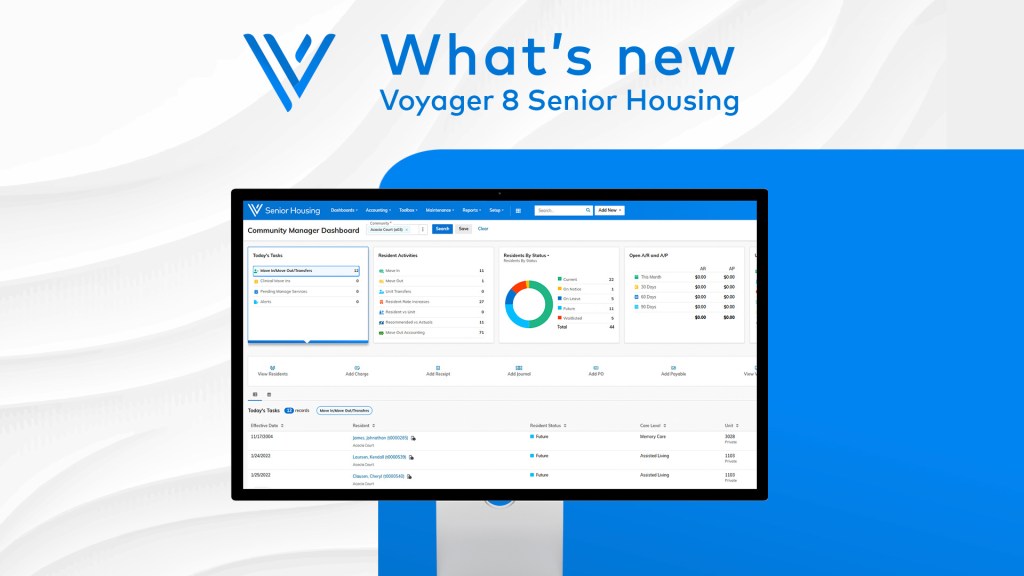By Erica Rascón on November 6, 2017 in News
As several devastating natural disasters have leveled towns and stalled economies , industry attention returns to smarter building. Construction professionals seek materials that are durable, versatile, and sustainable. An existing concrete product may be the key to better building.
, industry attention returns to smarter building. Construction professionals seek materials that are durable, versatile, and sustainable. An existing concrete product may be the key to better building.
Conventional concrete—the go-to material for low- and mid-rise buildings— lacks the combination of compressive strength, tensile strength, and durability needed to withstand high magnitude earthquakes and daily wear. Concrete cracks, crumbles and collapses during earthquakes, leaving high repair costs and the potential loss of life.
Researchers at the University of British Columbia (UBC) sought to improve upon concrete without increasing the cost of construction. Their creation, eco-friendly ductile cementitious composite (EDCC), eclipses conventional concrete in three ways.
Sustainability
Conventional concrete production is a leading contributor to greenhouse gas, totaling 7 percent of global emissions. EDCC replaces 70 percent of cement with fly ash, which reduces the levels of carbon dioxide emitted.
Additionally, EDCC reduces land and water pollution. The fly ash in EDCC is industrial waste that would otherwise end up in landfills or dumped into rivers and streams.
Strength + Malleability
Once dry, EDCC becomes as strong as steel yet is much more flexible. A half-inch thick concrete wall can resist a magnitude 9 earthquake when sprayed with a layer of EDCC 10 millimeters thick, UBC reports. Without the EDCC reinforcement, a wall of that thickness would collapse at 65 percent intensity.
Versatility
EDCC is a sprayable concrete mixture that can be used to reinforce and support thin concrete walls. Thinner concrete walls expand design possibilities without limiting the integrity of the structure.
The spray facilitates easier application and a broader range of uses. Builders and engineers are already using the fiber-reinforced concrete to create in schools and businesses. EDCC can also be applied to pipes, pavements, industrial and military structures, offshore platforms, and industrial floors.
Trade Offs
EDCC is not without its drawbacks. Breaking Energy reports that fly ash is also known as coal fly ash, lightweight particles that are the result of burning coal. The particles, critics say, may leach through materials, resulting in indoor air contamination.
The toxic components in fly ash can be contained within a crystalline matrix once they are subjected to thermal or chemical treatments—yet both processes require high energy use that may not be factored into calculations the product’s sustainability index.
Fly ash will be with us in one form or another. The United States produces more than 100 million tons of coal fly ash every year. Poor waste disposal and leaks have resulted in multiple environmental crises, including damage to the Dan River watershed and the contamination of 300 acres of soil in Roane County, Tenn. Rather than attempting to store and contain it, a resourceful reuse of the waste may be a better alternative.
The cost of EDCC makes it an appealing option for retrofits. Many projects have received a retrofit at half the cost of conventional concrete and at an even greater savings than steel, reports UBC Professor Nemy Banthia.
EDCC has made British Columbia’s list of official retrofit options, heralded for its efficacy during structural renovations. The technology is available and scalable.


